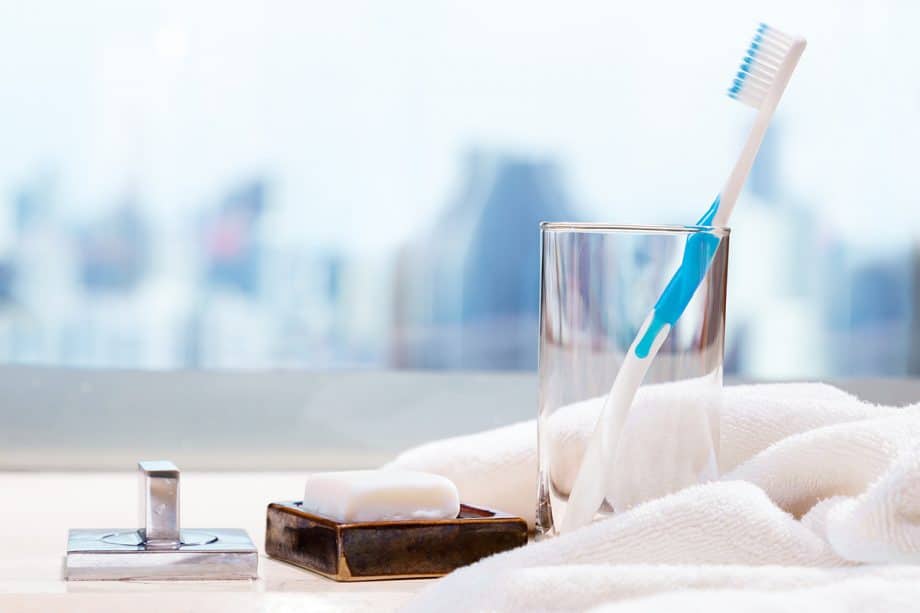It’s always best for children to be active participants in their dental care, including appointments with their dentist. Still, there are some circumstances in which sedation dentistry is needed. Whether it’s due to age, special needs, or extensive dental work, dental sedation may be required in order for us to complete a procedure safely and without trauma. But is sedation dentistry safe for children? Read on to learn more.
Understanding the Different Types of Sedation Dentistry
The dangers of sedation dentistry have been in the news in recent years, but it’s important to look beyond the headlines before you panic. When you read or hear about the risks involved in sedating children for dental treatment, these stories almost exclusively focus on intravenous (IV) sedation (sometimes known as deep sedation) or general anesthesia.
If you’ve ever had surgery, you already know that general anesthesia comes with some very rare, but very serious, risks. For this reason, general anesthesia is not typically used for dentistry and when it is, it’s used in a hospital setting with an anesthesiology team. IV sedation is where things get complicated—in theory, it should put a patient into a deeply relaxed state without causing them to lose consciousness. They feel like they’re sleeping through their procedure and have no memory of it when it’s over, but it’s not the same as general anesthesia.
When performed incorrectly, a child may fall into a deeper state of unconsciousness and have trouble breathing on their own. New guidelines have been implemented by the American Academy of Pediatrics and the American Academy of Pediatric Dentistry to prevent this from occurring, but naturally, many parents still have worries about this form of sedation.
There’s no need to worry when your child requires sedation at Dr. Levitt’s office, though. We only use a safe, mild form of sedation called nitrous oxide for our pediatric dentistry patients.
The Safety of Nitrous Oxide
Nitrous oxide, or laughing gas, is the safest sedation dentistry option for children. It allows kids to be awake, aware of their surroundings, and participate in their treatment, while still relaxing them enough to soothe any anxieties they might have. Nitrous oxide takes effect quickly and wears off just as fast, which means there are few risks or serious side effects.
Dr. Levitt administers nitrous oxide through a small mask that fits over your child’s nose. A mixture of nitrous oxide and oxygen is sent through the mask and as they breathe it in, they feel calm—and sometimes silly, hence the name. It’s also common for kids to feel lightheaded and have sensations of tingling or heaviness in their arms and legs. Rare side effects include nausea, headaches, and chills.
You may wonder if your child can tolerate dental work without deep sedation, but most children do just fine. There may be some worries and tears before their first appointment to get a cavity filled or a crown placed, but facing those fears—with the help of nitrous oxide—will empower them and show them that there was nothing to be scared of. This will make their next appointment a less stressful experience. If children are put into deep sedation every time they need dental work, they’ll never learn to overcome their anxiety.
Learn More About Sedation Dentistry for Children
If you have questions about sedation dentistry for your child, contact us today at 203-775-2225.
